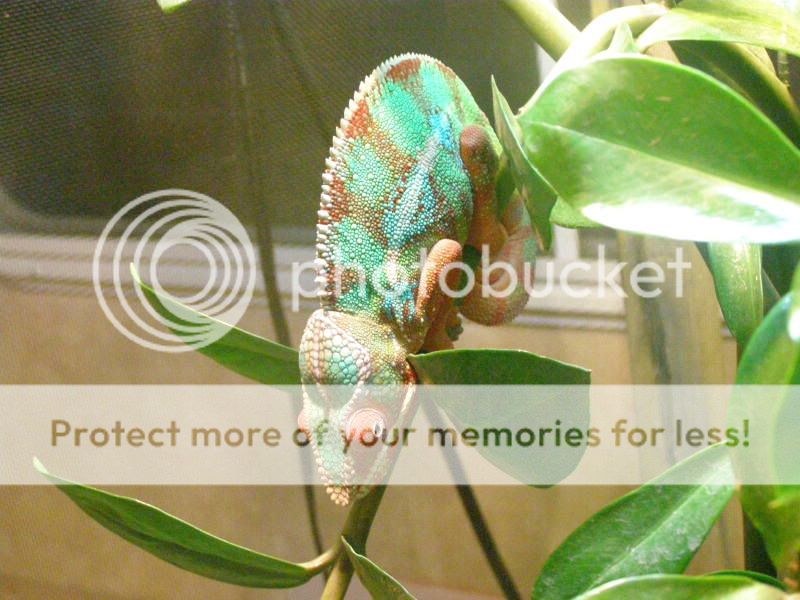DGray
Avid Member
see other thread
for those looking for the answer to this question, you might read the thread here
Im looking at a Japanese maple (Acer Palmatum) its awesome but i want to know if its safe before i purchase it, its pretty expensive..
Any one know if its ok for my veiled??
for those looking for the answer to this question, you might read the thread here






